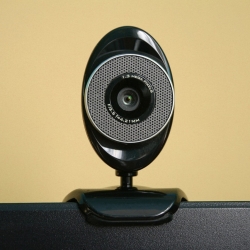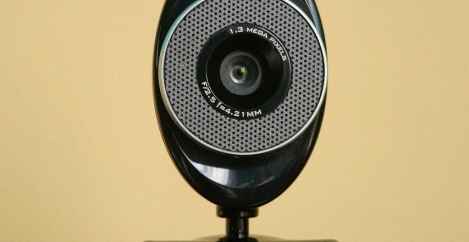October 18, 2022
Monitoring remote workers is a good idea according to half of bosses
 A new poll from the CIPD and HiBob claims that more than half of bosses (55 percent) agree with collecting information on regular home workers, including the amount of time spent on laptops each day and email sending behaviours to identify risk of burnout. However, only three in ten (28 percent) leaders say their organisations are using software for monitoring remote workers and their productivity, according to the study. Where workplace monitoring is in place, the CIPD and HiBob urge employers to consider its purpose, and to be clear to staff about what is being monitored and why.
A new poll from the CIPD and HiBob claims that more than half of bosses (55 percent) agree with collecting information on regular home workers, including the amount of time spent on laptops each day and email sending behaviours to identify risk of burnout. However, only three in ten (28 percent) leaders say their organisations are using software for monitoring remote workers and their productivity, according to the study. Where workplace monitoring is in place, the CIPD and HiBob urge employers to consider its purpose, and to be clear to staff about what is being monitored and why.
The survey, part of the CIPD series ‘Technology, the workplace and people management’, in partnership with HR software company HiBob, suggests that workplace context, such as job level and sectors, can influence attitudes towards collecting information on home workers, and whether any monitoring software is used.
The survey of over 2,000 bosses found:
- 39 percent of bosses don’t feel any measures to collect information on regular home workers are acceptable; 6 percent don’t know; and 55 percent agree with at least one measure, which may include:
- Tracking the amount of time spent on billable tasks for clients (24 percent)
- Observing email sending behaviours, but not content, to identify if an employee is at risk of burnout (24 percent)
- Recording how much time employees use their work laptop each day (22 percent)
- Sending automatic alerts to managers if employees work outside normal working hours (18 percent)
- Passively monitoring website activities e.g. Time spent on non-work-related websites (18 percent)
- Senior bosses (CEO, partner, owner, etc) are more likely to agree that monitoring remote workers is acceptable, compared to senior managers. HR staff are less comfortable with these measures, than non-HR.
- Three in ten (28 percent) respondents say they use at least one type of software to measure home workers’ productivity*, while over half (58 percent) say their organisations don’t use any. This falls to 53 percent of bosses in the private sector.
Hayfa Mohdzaini, senior research adviser at the CIPD, the professional body for HR and people development, says: “The move to increased hybrid and remote working has fuelled the debate on employee monitoring practices and what is acceptable. Depending on the context, collecting information on home workers can be a positive thing, supporting employee performance and wellbeing, by identifying signs of excessive workloads and burnout. And certainly, it can be necessary in specific roles and industries, for example where there are billable hours. However, when used without a clear reason it will likely be treated with suspicion by employees.
“We recommend that employers be transparent about what they’re monitoring and why, consulting with staff to make sure these measures are necessary and relevant to their role. Employers need to demonstrate how any monitoring software used can benefit employees, while also respecting their privacy and encouraging a culture of trust.”













